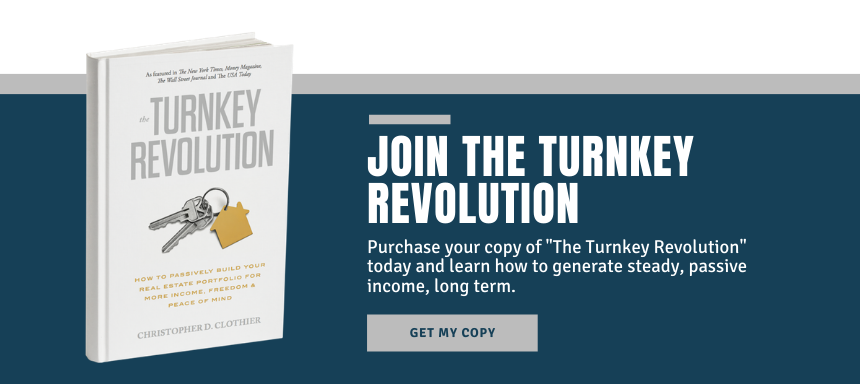 Between domestic and international unrest, economic and governmental angst, real estate is something that seems to get lost in the shuffle. While the rest of the world seems to be in chaos, we can easily lose sight of the world of real estate—or we just assume that it is suffering along with everything else.
Between domestic and international unrest, economic and governmental angst, real estate is something that seems to get lost in the shuffle. While the rest of the world seems to be in chaos, we can easily lose sight of the world of real estate—or we just assume that it is suffering along with everything else.
Truth be told, we have heard our fair share of negatives about the state of the U.S. real estate market over the past several months. Experts have been predicting a bust for some time, and a slowdown is in full swing. But when we look at the climate that we’re in and the reality of the state of real estate, we see that, despite everything, the market is showing promise for the coming year.
How do we mean? If politics, economy, and even the state of the world all impact real estate, how can things be looking up?
Here are four key things worth your consideration.
4 Reasons the Real Estate Market Will Fare Well in 2019
Long-Term Growth is on an Upward Trend
Towards the end of the year, economists and commentators pointed to a slowdown in the U.S. housing market. Home sales were stagnating and this drop in the breakneck pace we’ve come to expect from the real estate sector led many to worry.
But when we look at the state of housing market growth overall, we see that things are still moving in an upward trajectory. Despite declining performance year-over-year and a fall from historic highs, we see those long-term trends still rising. This is good news for long-term investors, who look to these trends as indicators for their investments to pay off in 15, 20, and 30-years.
Historically speaking, periods of under-performance compared to overall line growth have been followed by out-performance. So real estate investors need not worry.
Affordable Secondary Markets are Attracting Buyers and Renters
We have a tendency to look at primary markets as indicators of overall market health. If we do this, we’re right—we won’t see good news. We’ll see an affordability crisis, lack of inventory, and lack of demand. But where we are seeing health and growth is in our secondary and tertiary markets.
Here, job growth is on the upswing, and because of that, buyers and renters alike are flocking to these more affordable markets that offer better inventory on top of economic opportunity.
Inventory is on the Upswing
One of the larger issues at hand in hot markets has been a lack of inventory. Naturally, for some markets, this has driven prices to unsustainable heights. However, as homebuilding catches on in larger markets especially, we see that inventory is increasing. In fact, this is one of the main reasons behind the “slowdown” the real estate market is seeing. The markets are balancing thanks to an increase in inventory.
There is a nuance to this conversation, however—we’ve mentioned this before. In many cases, this construction focuses on luxury properties over affordable offerings. At the very least, they don’t appeal to the majority of homebuyers and renters seeking housing. As a result, the added inventory isn’t adding real value to their markets. However, we’re seeing that finally, newly built home prices are dropping. The overall cooling of prices could aid in the affordability challenges facing American homebuyers and renters alike—something much needed for a sustainable market overall.
Mortgage Rates aren’t that Bad
One of the points we’ve been talking about a lot and is often cited as a sign of the inevitable housing bust to come are rising mortgage rates. Something we must come to terms with is that fact that mortgage rates aren’t really that high.
Let’s break it down. The annual average of a 30-year fixed mortgage at the end of 2018, according to Freddie Mac, was 4.54. There’s no denying that these trends are moving upward from previous years: 3.99 in 2017 and 3.65 in 2016.
But when we begin to go back further, we begin to see that the 4.54 percentage isn’t that high comparatively speaking. In 2009, rates sat at 5.04. You may argue that this is high and that 2009 is when the housing bubble burst.
Go back further. 6.41 percent in 2006. 8.05 percent in 2000. We’ve had rates much higher than 4.54 in the past. Obviously one has to take inflation into account and modern home prices—these impact the actual toll of one’s mortgage rate. But when we think about the rate alone as a marker of catastrophe, and worrying about “how high” the rates are, we have to think about it with perspective.
But that said, with home prices stagnating during the “slowdown,” perhaps there is less to fear from rising mortgage rates than we realize.
Related Article: 4 Things Investors Need to Understand About the Real Estate Slowdown
With all of the worries about the market happening around us, we ultimately must keep this in mind: the real estate always moves in a cycle. Investors spend a great deal of time worrying about when to jump in or out, without considering that buy-and-hold real estate investing doesn't operate like the stock market.
Demand is there. Opportunity is waiting. Real estate is tenacious, and 2019, despite everything, is looking up.
Call on your adviser today.













